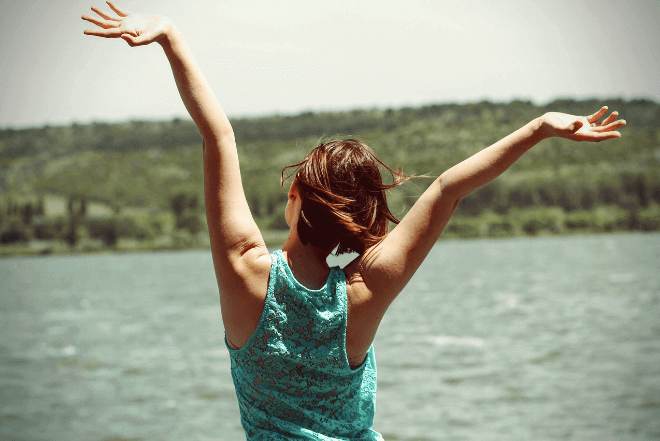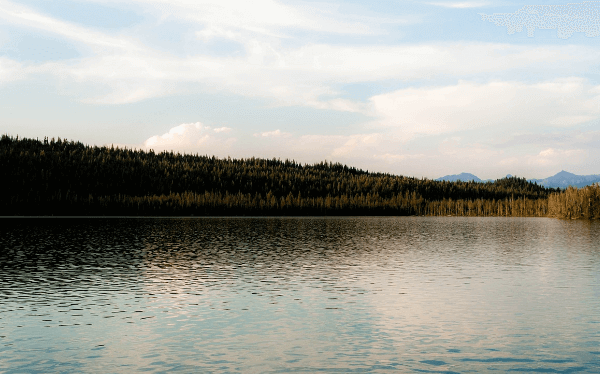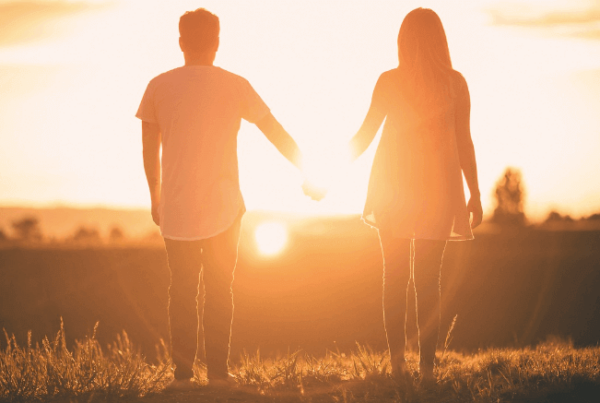The ability to create happiness in one’s life can be seen as a skill that can be learned, not just a consequence of our circumstances. Sure, things that happen to us may affect how we are feeling, but they are not the only factor determining our level of happiness.
Can I Make Myself Happier?
The fact that we hold power over our own experience is reflected in the tendency for people to have different experiences of the same things. For example, one person might go for a walk and dread every second of it, longing for it to be over, while another who’s in the same shape and general level of ability as the first might find enormous enjoyment while taking the same route.
The difference in their experience is caused by how they think about what they are doing, and we can learn to take control over how we think about things. Unfortunately, this is a fact that many of us are unaware of or just don’t apply to our lives.
I have recently come across an excellent book about the ‘flow’ phenomenon, which is closely linked with experiences of happiness. Flow is a focused mental state in which one is productive and happy while engaging in an activity.
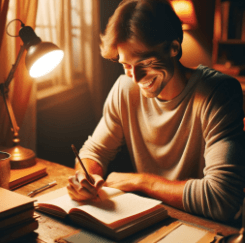
Where Can I Learn More About Flow And Happiness?
While reading Dr Mihaly Scikszentmihalyi’s book ‘Flow: The Psychology of Happiness’ I could not help but think that the lessons he shares are more important now than ever. As a way of recommending this book, I will try to summarise some of its key points here and link to it below.
Dr Milhaly Scikszentmihalyi is a highly experienced researcher in the field of flow experiences and happiness, and he has been at the frontline of this field for decades. Based on his research, he argues in the book that most people can create flow experiences for themselves. We will take a look at what characterises flow experiences and what we can do to increase our chances of experiencing it.
Here are some of the key conditions that characterise a flow experience according to Dr Milhaly Csikszentmihalyi:
1) Clear goals: Setting oneself clear goals in an activity can change how we experience the activity. For example, if we set ourselves the goal of seeing some beautiful sights while going on a walk, our experience would likely be better than if we just went on the walk because we ‘should.’
2) Balance Between Challenge and Skill: Too much challenge creates anxiety and too little challenge creates boredom in an activity. Finding the right level of challenge for one’s skill is key to finding oneself.
For example, going for a walk, it might be too challenging to walk ten miles in a given time interval, and too easy to walk one mile, but four miles might be just the right distance to feel challenged but confident that you can do it. See Figure A.
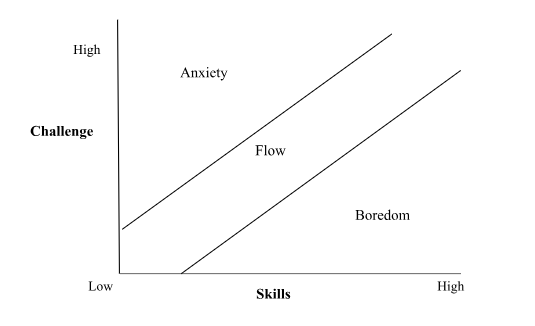
3) Immediate Feedback: It is important to know how one is doing. Having a clear form of feedback about your performance enables you to continuously adjust what you’re doing in a way that keeps you engaged with the activity. Following the walking example, this could be having certain milestones on the way and recording the time it takes to reach them, or making notes about the sights you aim to see during the walk.
4) Deep Effortless Concentration: By making an activity interesting enough, one could be able to concentrate on it effortlessly. One can also work on improving concentration through practising meditation or mindfulness. During the walk, this would mean a sense of being absorbed in the moment and an absence of thoughts about everyday life concerns.
5) A Sense of Control: The flow experience often includes a sense of being in control of the outcome of an activity despite it being challenging. During the walk, you may feel confident that you are able to adjust your pace appropriately at the milestones to reach the goal.
6) Loss of Self-Consciousness: Being self-conscious is often a source of difficult feelings such as self-doubt and self-criticism. In flow states people tend to describe losing self-consciousness in favour of focus on the activity and associated positive emotions. For example, if you generally tend to doubt yourself, experiencing flow during a walk would mean this tendency disappearing, while you instead feel immersed in what you are doing and your mastery of it.
7) Transformation of Time: It is common in flow experiences to feel like time has passed slower or faster than what it has. After the walk you may feel like it has lasted for much longer than it says on the timer, or vice versa.
8) Internal motivation: This means that you are motivated to engage in an activity by the experience the activity gives you. If you, by contrast, engage with an activity to gain an external reward, such as money, your motivation is external.
So, if during the walk you feel motivated to be doing it because it is enjoyable, you experience intrinsic motivation. However, if you do it purely for the purpose of getting into shape, your motivation is external.
Concluding Thoughts
Considering the conditions in which flow experiences take place, there are some key things we can do to increase our likelihood of experiencing them. It is about finding activities that are challenging to an extent that matches one’s skill level, setting goals, paying attention to feedback, and maintaining concentration and focus. Taking control of one’s experience by cultivating flow experiences in this way can enable us to get more enjoyment out of life and feel happier.
To find the book search: Flow: The Psychology of Happiness: Amazon.co.uk: Csikszentmihalyi, Mihaly: 9780712657594: Books
